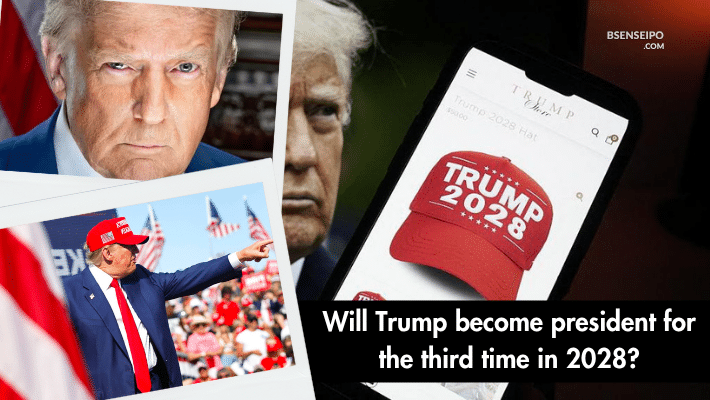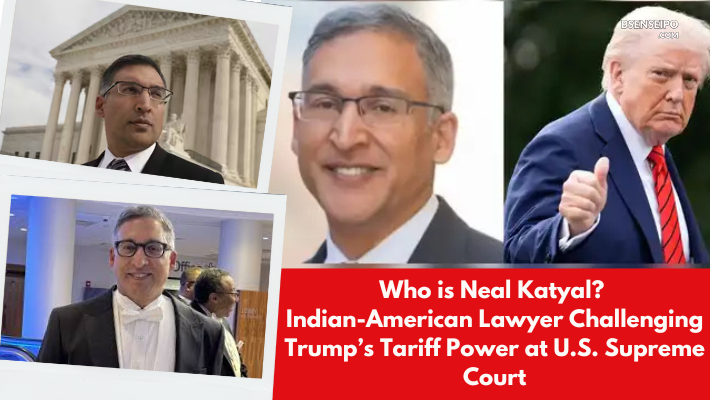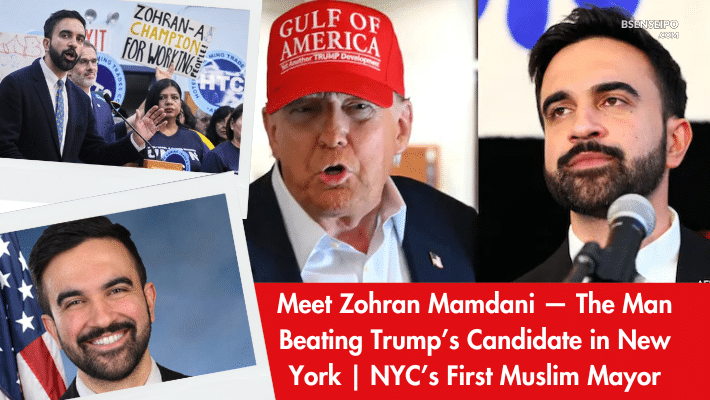The 22nd Amendment: Presidential Term Limits and the Debate Over Perpetual Power
What is the 22nd Amendment to the United States Constitution?
The Twenty-second Amendment to the United States Constitution, ratified in 1951, establishes term limits for the President of the United States.1 Its core provision is clear:
“No person shall be elected to the office of the President more than twice, and no person who has held the office of President, or acted as President, for more than two years of a term to which some other person was elected President shall be elected to the office of the President more than once.”
In simpler terms, it limits a person to a maximum of two elected four-year terms as president. The second clause addresses a scenario where a Vice President takes over the presidency: if they serve more than two years of the original term, they are only eligible to be elected president once more in their own right. If they serve two years or less, they can still be elected to two full terms.
This amendment formally enshrined what had been a long-standing tradition. Following the example set by George Washington, who stepped down after two terms, subsequent presidents adhered to an unwritten rule. This tradition was broken only by Franklin D. Roosevelt, who was elected to an unprecedented four terms (1932, 1936, 1940, and 1944) during the Great Depression and World War II, sparking the congressional movement that led to the 22nd Amendment’s ratification.
In more plainterms:
-
A person may not be elected President more than two times.
-
If someone takes over the Presidency (due to succession) and serves more than two years of someone else’s term, then that person may only be elected President one time thereafter.
-
The Amendment does not use the word “consecutive” in its prohibition.
-
The Amendment was motivated by the precedent of Franklin D. Roosevelt serving four terms (1933-1945), which broke the earlier informal two-term tradition established by George Washington.
-
It effectively caps a President’s service at a maximum of about 10 years (if they succeed to a term and then are elected twice) for most cases.
In short: The U.S. Constitution limits presidential elections to two, as codified in the 22nd Amendment.
Why is the 22nd Amendment So Discussed in the US?
The 22nd Amendment is frequently discussed, particularly following the second term of a popular president, because it serves as a fundamental constitutional check on executive power. The current debate surrounding it is primarily driven by:
- Preventing Autocracy/Monarchy: Proponents argue that the amendment is a crucial safeguard against the concentration of power in a single individual, preventing the presidency from devolving into a de-facto “elective monarchy” or a stagnant, unchallenged leadership.
- Encouraging Rotation and Fresh Ideas: Term limits are seen as a mechanism to ensure regular turnover, encouraging new leaders, ideas, and perspectives in the executive branch.
- The Context of Popular Presidents: Whenever a president is popular or politically dominant at the end of their second term, the term limit naturally comes into sharp focus. The public and political commentators begin discussing what a leader might accomplish if not constrained by the two-term limit, or conversely, the potential dangers of continued, unchecked power.
- Legal Loopholes and Interpretation: The specific language—”No person shall be elected to the office… more than twice”—has led to complex discussions about theoretical loopholes. These include whether a two-term president could constitutionally serve as Vice President and then succeed to the presidency via resignation, or even become Speaker of the House and ascend through the Presidential Succession Act.12 Most legal scholars agree that the spirit and clear intent of the amendment, which is to limit a person’s total time in the office, would likely prevail against any such challenge.
Is Donald Trump Planning to Make Any Changes to It?
Donald Trump, having won the 2024 U.S. election and currently serving his second, non-consecutive term, has been the primary figure bringing the 22nd Amendment back into intense political discussion.
- Trump’s Public Stance: President Trump has, at times, expressed a fondness for the idea of serving beyond two terms. During a recent public statement, he indicated he “would love” to run for an unconstitutional third term in 2028, citing his strong support. However, he also publicly dismissed one of the popular theoretical loopholes—running for Vice President—calling it “too cute” and suggesting the American people “wouldn’t like that.” He has stopped short of definitively ruling out a third term, keeping speculation alive.
- Allies’ Proposals: The discussion is further fueled by high-profile supporters, such as his former chief strategist, Steve Bannon, and certain Republican members of Congress. Some allies have openly advocated for finding a way to circumvent the amendment or even amending the Constitution itself. For example, a Republican Congressman proposed an amendment that would specifically allow for three non-consecutive terms, a change that would directly benefit President Trump for the 2028 election.
- Constitutional Reality: Amending the U.S. Constitution is an extraordinarily difficult process, requiring either a two-thirds vote in both the House of Representatives and the Senate, or a convention called for by two-thirds of the state legislatures. Either path would then require ratification by three-fourths (38) of the states. In the current hyper-polarized political climate, achieving this level of cross-party consensus to repeal or alter the 22nd Amendment for the benefit of a single political figure is considered by nearly all constitutional experts to be practically impossible. The amendment’s core purpose is a deeply ingrained value in American democracy, and any serious attempt to remove presidential term limits would face immediate and overwhelming opposition.
In summary, while Donald Trump and his allies have publicly raised the prospect of a third term, keeping the 22nd Amendment a topic of hot debate, the constitutional reality is that President Trump is ineligible to be elected to a third term in 2028, and the constitutional process for changing the amendment is a near-insurmountable barrier.




